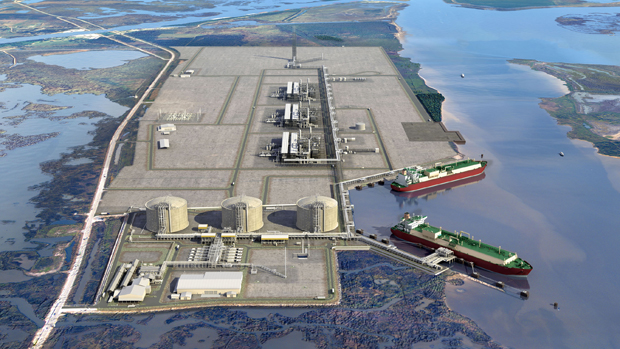Highlights
- Demand from Europe’s major markets is expected to fall in H2
- Russian gas has started flowing to Ukraine – but the country’s stocks are still low
- Indigenous European production is declining – weighed on by Groningen cuts
- NBP day-ahead prices remain low, at around 40-41 p/th
Economic overview
Most of Europe’s major economies are expected to grow in 2015.
Several major European countries will see some economic expansion this year and improved growth next year, according to the latest World Economic Outlook from the International Monetary Fund (IMF). The UK and Spain will be the exceptions, with stronger growth expected in 2015 than 2016. The UK’s GDP is forecast to grow by 2.5% this year and 2.2% next year. Due to potential risks to growth, interest rates in the UK remain low, and are likely to be held at 0.5% until at least spring 2016.
Europe GDP forecast
| 2015 | 2016 | 2017 | 2018 | 2019 | 2020 | |
| France | 1.2% | 1.5% | 1.6% | 1.7% | 1.9% | 1.9% |
| Germany | 1.5% | 1.6% | 1.5% | 1.3% | 1.3% | 1.3% |
| Greece | -2.3% | -1.3% | 2.7% | 3.1% | 2.8% | 2.4% |
| Italy | 0.8% | 1.3% | 1.2% | 1.1% | 1.1% | 1.0% |
| Netherlands | 1.8% | 1.9% | 1.9% | 1.9% | 2.0% | 2.1% |
| Spain | 3.1% | 2.5% | 2.2% | 2.0% | 1.9% | 1.8% |
| United Kingdom | 2.5% | 2.2% | 2.2% | 2.2% | 2.2% | 2.1% |
Spain’s economic growth will fall from 3.1% in 2015 to 2.5% in 2016, according to the IMF. Although lower oil prices and low interest rates will support economic growth in Spain this year, high unemployment and the challenge of meeting the deficit target will continue to trouble the country. Greece is the only European country with higher unemployment than Spain, and its economy is expected to shrink by 2.3% in 2015 and 1.3% in 2016. Greece’s economy is forecast to return to growth in 2017.



